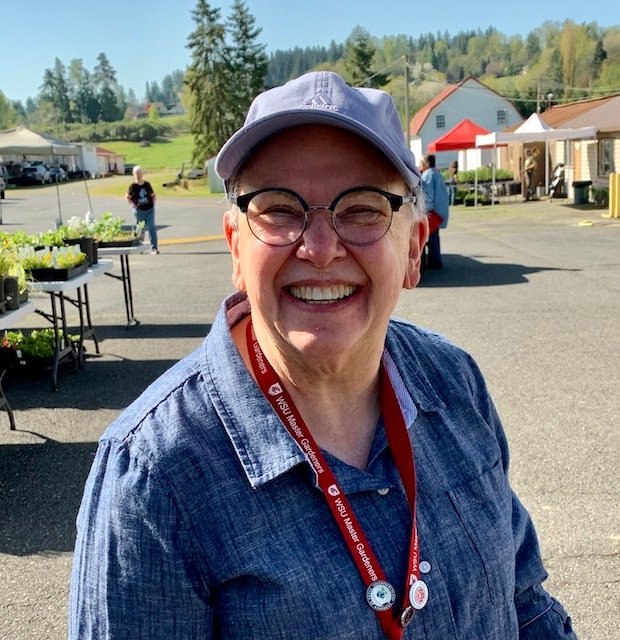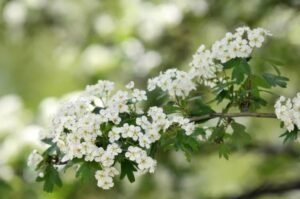
Thinking about the Hawthorn…
by: Tana Hasart – President

During recent travels, Hawthorns in bloom were on full display. Evident was the ability of this plant to thrive in so many different locations and conditions. So how do thoughts of the Hawthorn link to our work as foundation members and leaders?
The Hawthorn is rugged – it is known for its adaptability, growing in both cultivated and native conditions. Even a small, rocky crevice is a potential home. The Hawthorn partners with other plants, providing interest while letting other, more showy specimens take center stage.
Long known for its ability to be cultivated as a bush, shrub, or tree, the Hawthorn is sought-after as a living fence, or hedgerow, partner because it can be pruned and trained to serve many different purposes. Four-season interest is another benefit the Hawthorn brings to any setting: showy white flowers in the spring (one of the first foods for bees and butterflies), glossy green leaves in the summer, and haws (berries) that feed birds and insects during fall and winter.
Across our state it is evident that local foundations reflect common characteristics with the Hawthorn. We are adaptable, gain strength through partnerships, and work to sustain our “habitat” over time, in keeping with our calling to financially support Master Gardener efforts.
So, the next time you think about how you and your foundation contribute to local and state efforts, think about the Hawthorn. It just might be an image that reflects all the attributes necessary for continued success.